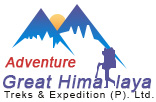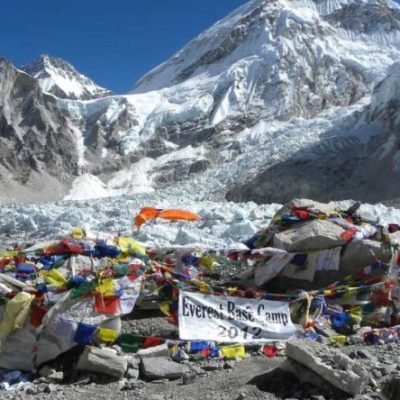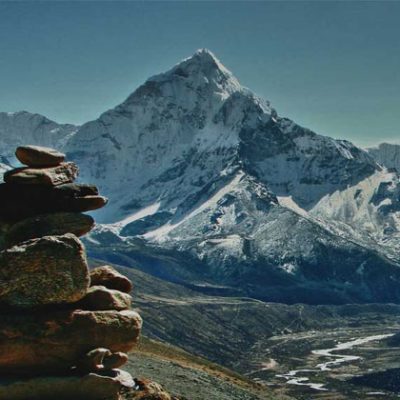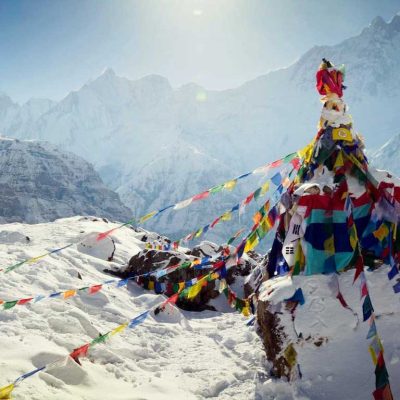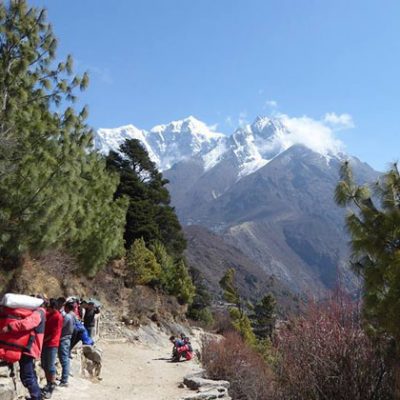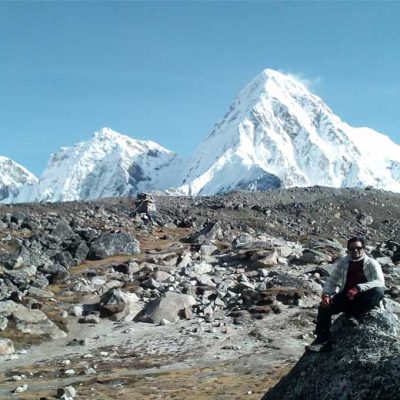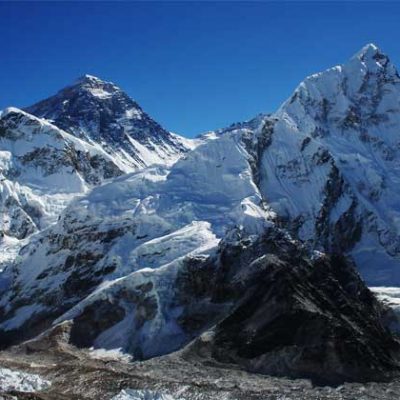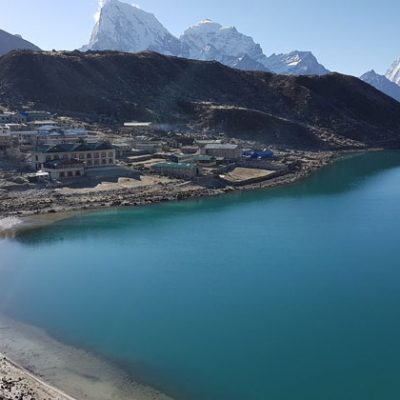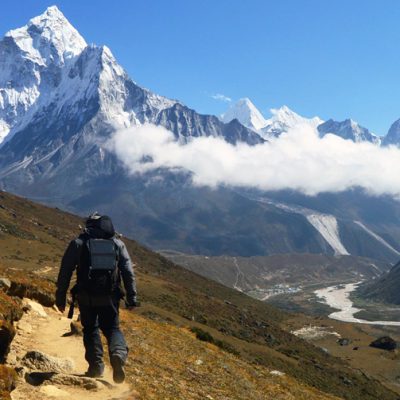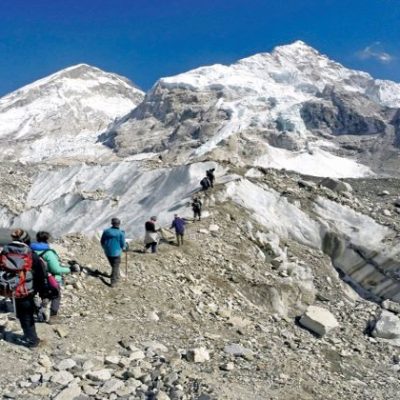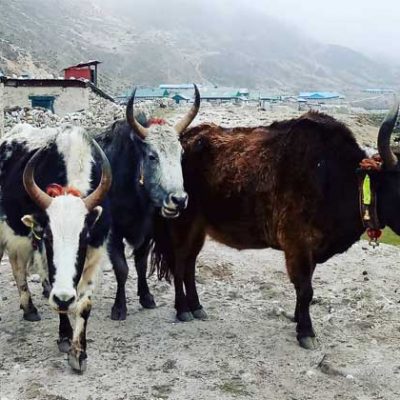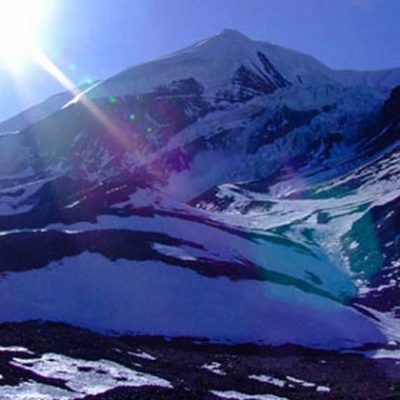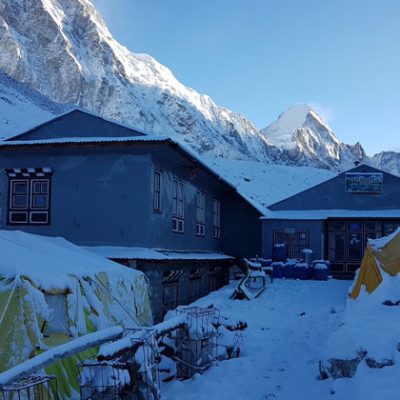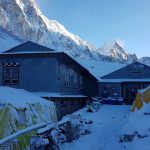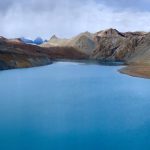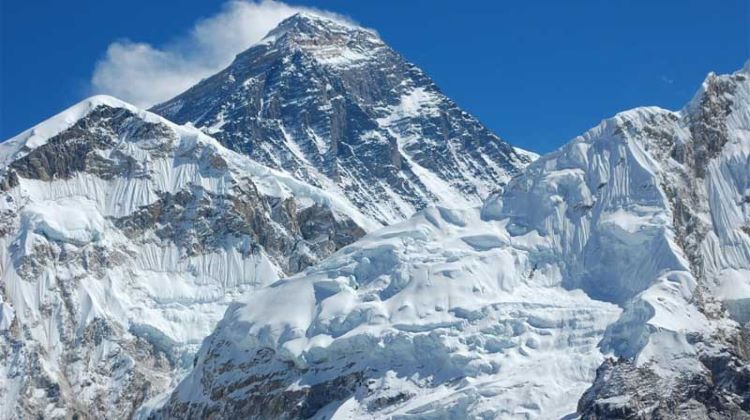
Trekking To Mount Everest – A lifetime journey to the “Top of the World”
Mt Everest (8,848m) is located at north-eastern part of Nepal. It is the tallest mountain in the world with its name Chomolunga in Tibet and Sagarmatha in Nepal.
No doubt, Mt. Everest tops the bucket lists of every travel enthusiast in the world; for the adventure, challenge and scenery it presents.
Mount Everest Trekking usually fly to Kathmandu and then fly to Lukla (2,840m, 9,300ft) to start the trek in Everest region.
Mount Everest Trekking Trips Trips
20 days
Grade:
Challenging
USD
$2350
Travel informations
Our Top Offer
Why booking with us ?
- Fully Locally Owned Company
- Quality Of Service and Competitive price
- Highly Professional Staff
- Flexible and customization trip itinerary
- 100% Customer satisfaction
Need help?
Nepal: 00977-9841273869 whatsapp: 00977-984127386924 hour customer service
